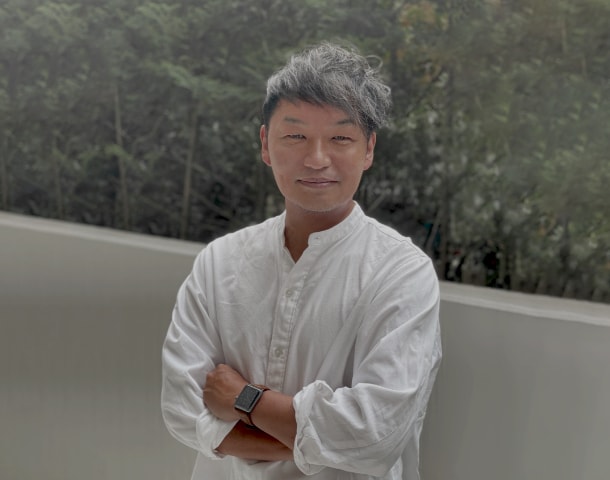
Architects
Going above and beyond client requests
To offer proposals that exceed expectations
We are like the outside salesperson in a department store.
We understand our clients and propose plans that suit them. We can’t build trusting relationships simply by doing what we’re told and making something. We always try to go above and beyond the client’s request to offer proposals that exceed their expectations. To do this, we require knowledge and information other than the residential type.
We also need to know what kinds of hotels, restaurants, stores and other spaces the client likes. The most important information about our clients is what we get from conversations where they tell us, “This hotel’s terrace was very comfortable,” or “We liked the lighting on the bar counter at that restaurant.” Rather than falling into the architect pigeonhole, we talk with the client from a neutral perspective and propose the haute couture that is best suited to that person. This is the Presidential House office brand of design.
When you buy a car, you don’t make a decision from the design drawing alone
When you buy a car, you go to a dealer, look at the car, test drive it, and buy it. No one buys a car that costs several million yen just by looking at the design drawings. However, for a house, you have to make a decision to purchase based on drawings alone. This may seem natural from an architect’s or an industry standpoint, but from the client’s standpoint, it is insane and out of whack. Architects should realize that the “architect’s point of view” way of selling products, and its incomprehensibility, is one of the difficulties in the way of buying a custom-built house.
Our proposals are based on walk-through videos that are CG reproductions of realistic spaces that look like they were filmed inside the finished building. The client looks at the video and the cost estimate and decides whether to go ahead with the design. We present the video at the first meeting. Usually, a video is shown after drawings are somewhat finalized, but we have the videos viewed before the drawings. The video includes not only the building, but also furniture, plants, tableware, and the people who will live there, so you can visualize the lifestyle after the house is completed. We believe this is the best way to explain it: “Here is our proposal based on the conditions you have given us.”
Since all CG is linked to the drawing data, the finished product rarely differs from the perspective. Using this BIM system for design enabled us to change from a builder-centered design process to a client-perspective design process.
Time saving and image sharing
Video presentations speed up the decision-making process and save time. In typical design meetings, the architect presents a one-sided story, forcing the customer to visualize it in their head and then make a decision. Our video and CG presentations require no wasted words from the architect. You only need to look at what you’ve actually seen on the same screen and exchange opinions about what’s “good” and what’s “bad.” Video sharing also makes it possible to hold meetings remotely. We can upload videos in advance and exchange opinions via chat. Being able to hold meetings on-line means that we can set up a meeting whenever you have some spare time, for example, after we’ve uploaded a revised video.
Easy-to-understand video presentations accelerate the client’s decision-making process, shorten meetings, and reduce time between meetings, making it possible to compress the design schedule and expedite the project.
ARCHITECTS
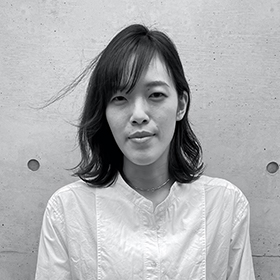
YUNO INOUE
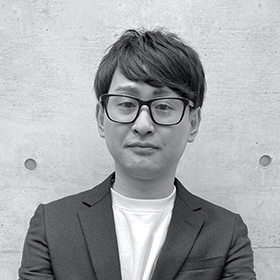
YUYA YOSHINO
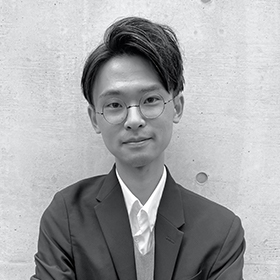
ATSUSHI TANIYAMA
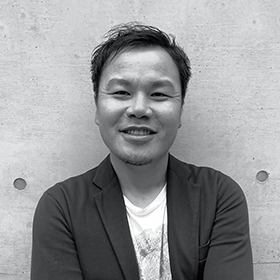
YOSHIKI KOMURO
